Throughout history, scientific advancements have often been attributed to a select few, overshadowing many other brilliant minds whose contributions have been just as groundbreaking. These overlooked scientists, though less recognized, have made discoveries that shaped the foundations of modern science and technology. From unraveling the mysteries of DNA to challenging fundamental laws of physics, their work has had a profound impact on the world. This list highlights some of these lesser-known pioneers, each of whom made significant strides in their fields, often without the recognition they deserved during their lifetimes. By shedding light on their achievements, we acknowledge the diverse and rich history of scientific discovery.
Rosalind Franklin (1920-1958)

Rosalind Franklin was a British chemist whose work with X-ray diffraction was crucial in understanding the structure of DNA. Her famous Photograph 51 provided key insights that led to the double-helix model proposed by Watson and Crick. Despite her pivotal contribution, Franklin was largely overshadowed by her male colleagues, receiving little recognition during her lifetime. Her meticulous research laid the groundwork for modern genetics. It was only posthumously that her role in the discovery was truly acknowledged.
Lise Meitner (1878-1968)
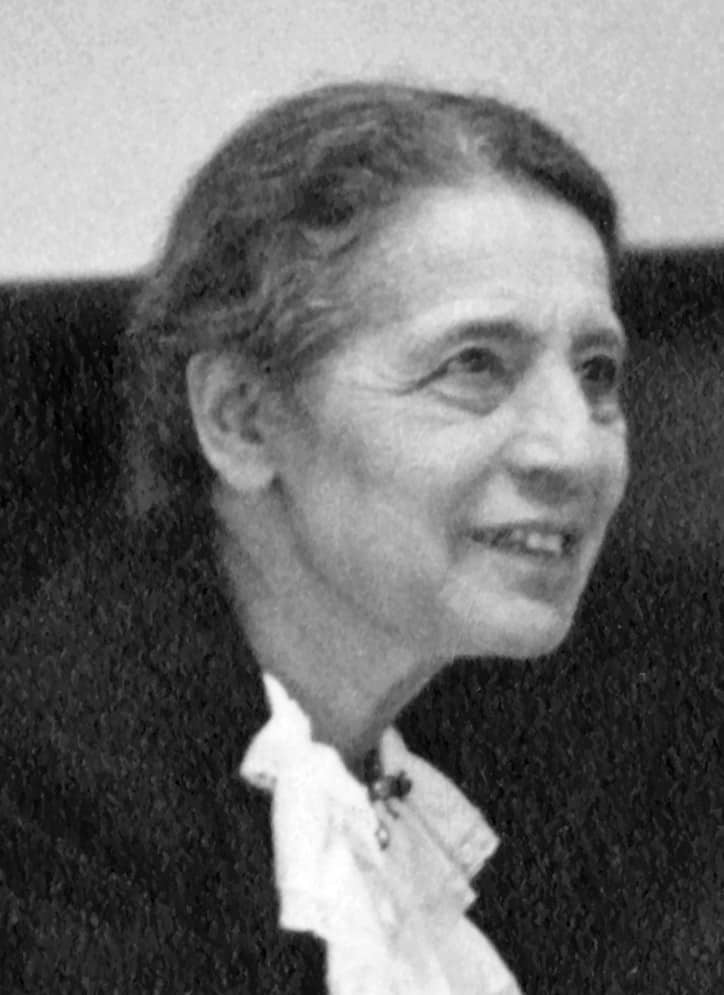
An Austrian-Swedish physicist, Lise Meitner played a significant role in the discovery of nuclear fission. Working alongside Otto Hahn, she provided the theoretical explanation for the process, although Hahn was solely awarded the Nobel Prize. Meitner’s work paved the way for the development of nuclear energy and weapons. Despite her monumental contribution, she was often overshadowed by her male counterparts. Meitner’s legacy, however, remains vital to the understanding of atomic physics.
Jocelyn Bell Burnell (1943-)

Jocelyn Bell Burnell, a Northern Irish astrophysicist, discovered the first radio pulsars in 1967 as a graduate student. Her findings revolutionized the field of astrophysics, providing new insights into the life cycles of stars. Despite her discovery, the Nobel Prize for Physics in 1974 was awarded to her supervisor and another male colleague, bypassing her entirely. Bell Burnell’s humility and dedication to science, even after this oversight, have made her a respected figure in the scientific community. Her work continues to inspire young astrophysicists.
Nettie Stevens (1861-1912)
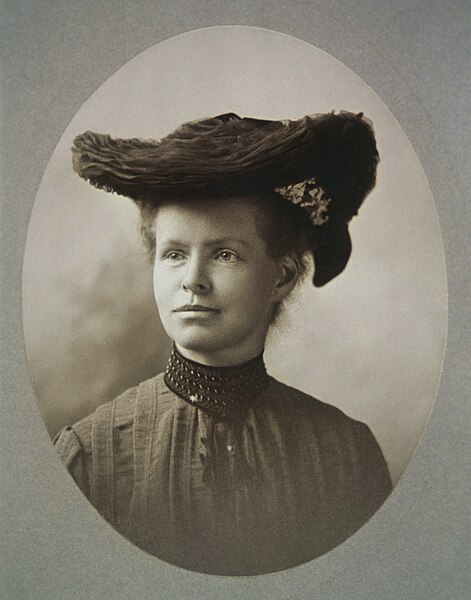
An American geneticist, Nettie Stevens was instrumental in discovering the role of chromosomes in determining the sex of an organism. Through her meticulous research, she identified the Y chromosome as the key factor in male development, a breakthrough in genetics. However, her contributions were often overshadowed by her male contemporaries, and she did not receive the recognition she deserved during her lifetime. Stevens’ findings laid the foundation for the field of sex determination. Her work remains a cornerstone in genetic studies.
Mary Anning (1799-1847)
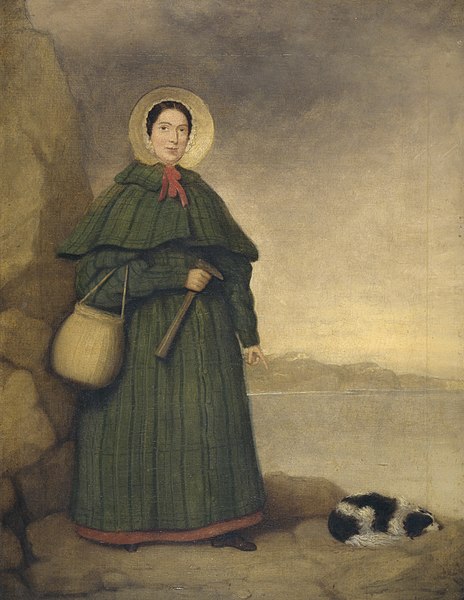
Mary Anning, an English fossil collector and paleontologist, made significant contributions to the understanding of prehistoric life. Despite having no formal scientific training, Anning’s discoveries of dinosaur fossils, including the first complete Ichthyosaurus skeleton, were groundbreaking. Her work provided crucial evidence for the theory of extinction, challenging the prevailing scientific views of her time. Anning was often excluded from scientific circles due to her gender and social class, but her contributions were pivotal to the field of paleontology. Today, she is recognized as one of the pioneers of the field.
Henrietta Leavitt (1868-1921)
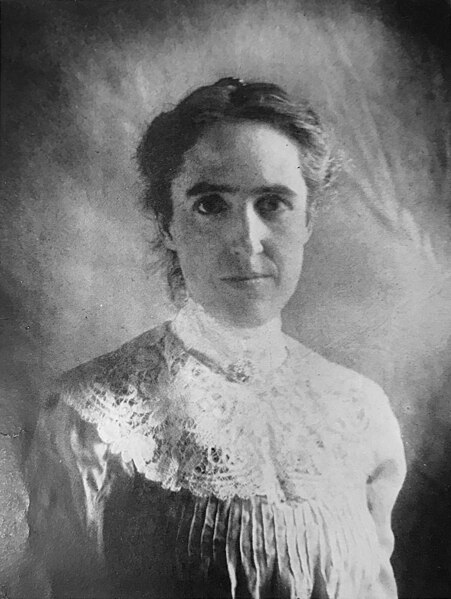
Henrietta Leavitt, an American astronomer, made a groundbreaking discovery that enabled the measurement of vast distances in the universe. By studying Cepheid variable stars, she found a relationship between their brightness and their period of pulsation, which became known as Leavitt’s Law. This discovery was crucial for later astronomers like Edwin Hubble to determine that the universe is expanding. Despite her pivotal role in this fundamental discovery, Leavitt’s work was largely unrecognized during her lifetime. Her contributions are now seen as vital to modern cosmology.
Alice Ball (1892-1916)
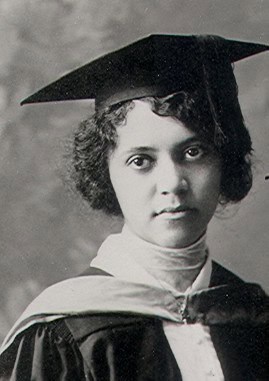
Alice Ball was an African American chemist who developed the “Ball Method,” the most effective treatment for leprosy during the early 20th century. Her groundbreaking work with chaulmoogra oil allowed for the first injectable leprosy treatment, significantly improving the quality of life for patients. Tragically, Ball died at the age of 24, and her work was initially credited to a male colleague. Only years later was her contribution properly acknowledged. Ball’s work remains a cornerstone in the treatment of leprosy, and her legacy endures in the field of medicine.
Esther Lederberg (1922-2006)
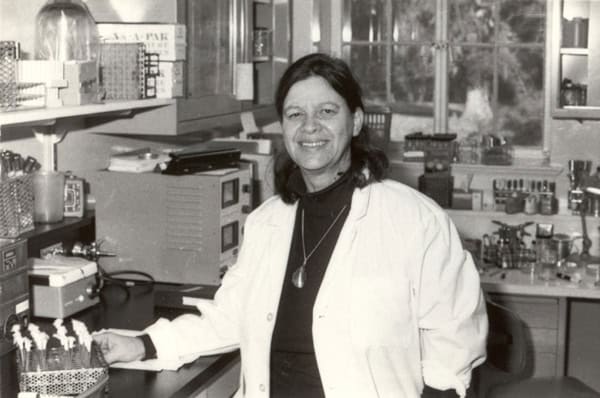
Esther Lederberg was an American microbiologist who made significant contributions to the field of bacterial genetics. She discovered the lambda phage, a virus that infects bacteria, which became a crucial tool in genetic research. Despite her pioneering work, including the development of replica plating, Lederberg’s contributions were often overshadowed by those of her husband, Joshua Lederberg, who won a Nobel Prize. Her discoveries have had a lasting impact on the study of genetics and molecular biology. Today, she is recognized as a pioneer in the field.
Barbara McClintock (1902-1992)
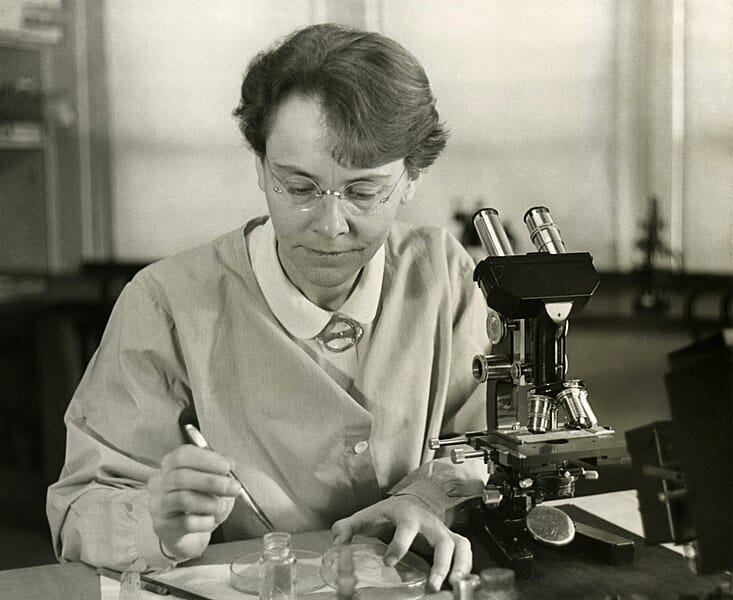
Barbara McClintock was an American cytogeneticist who discovered “jumping genes” or transposons, revealing that genes could move within and between chromosomes. Her findings, which she developed through studies of maize, challenged the prevailing belief that genes were fixed in their positions. Initially, her work was met with skepticism, and it took decades before the significance of her discovery was fully appreciated. McClintock was eventually awarded the Nobel Prize in 1983, becoming one of the few women to receive this honor in Physiology or Medicine. Her research has fundamentally altered our understanding of genetics.
Marian Diamond (1926-2017)
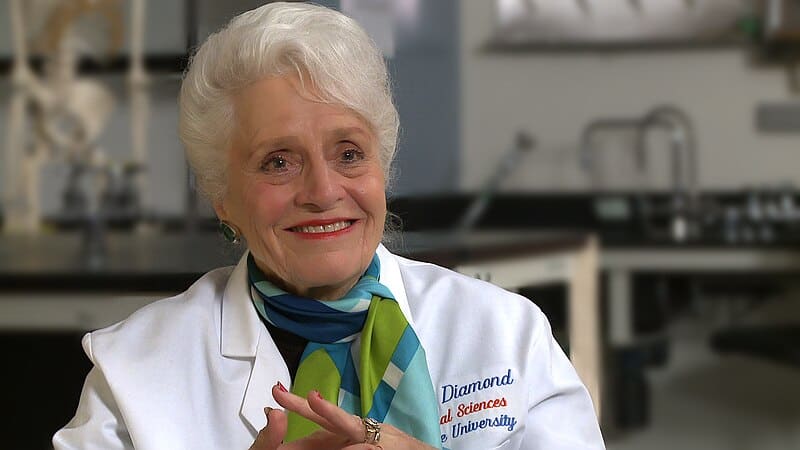
Marian Diamond, an American neuroscientist, was one of the first to show that the brain can change with experience, a concept known as neuroplasticity. Her groundbreaking research on the brain of Albert Einstein revealed that a particular type of glial cells was more abundant than in average brains, suggesting a possible link to his genius. Diamond’s work challenged the long-held belief that the brain’s structure was fixed and unchangeable. Despite initial resistance, her findings laid the foundation for modern neuroscience. Her work continues to influence how we understand the brain’s capacity for growth and adaptation.
Emmy Noether (1882-1935)

Emmy Noether, a German mathematician, made profound contributions to abstract algebra and theoretical physics. Noether’s Theorem, which links symmetries and conservation laws, is considered one of the most important mathematical theorems in modern physics. Her work provided the mathematical foundation for much of Einstein’s theory of relativity. Despite her brilliance, Noether faced significant gender-based discrimination throughout her career, often working without pay or official recognition. Today, she is celebrated as one of the greatest mathematicians of the 20th century.
Trotula of Salerno (11th Century)
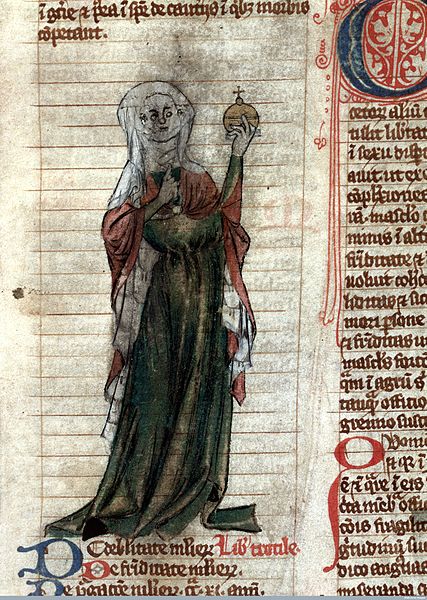
Trotula of Salerno was a medieval Italian physician and one of the first to specialize in women’s health. Her works, collectively known as the “Trotula,” were pioneering in the fields of obstetrics and gynecology. These texts provided comprehensive medical advice on issues ranging from childbirth to menstruation, offering treatments that were advanced for her time. Although her contributions were later attributed to male authors, Trotula’s influence endured for centuries, shaping early medical practices. Her work laid the foundation for modern gynecology and obstetrics.
Gerty Cori (1896-1957)
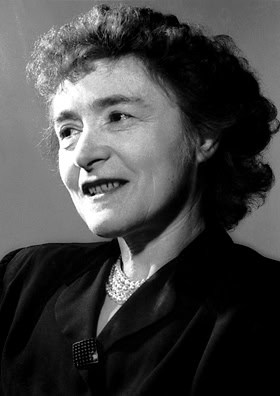
Gerty Cori, a Czech-American biochemist, was the first woman to win the Nobel Prize in Physiology or Medicine, which she shared with her husband Carl Cori. Together, they discovered the Cori cycle, explaining how the body converts glycogen to glucose for energy. This breakthrough was fundamental to the understanding of metabolic processes and has had a lasting impact on the field of biochemistry. Despite her achievements, Cori faced significant barriers in her career due to her gender. Her legacy, however, is one of perseverance and scientific excellence.
Chien-Shiung Wu (1912-1997)
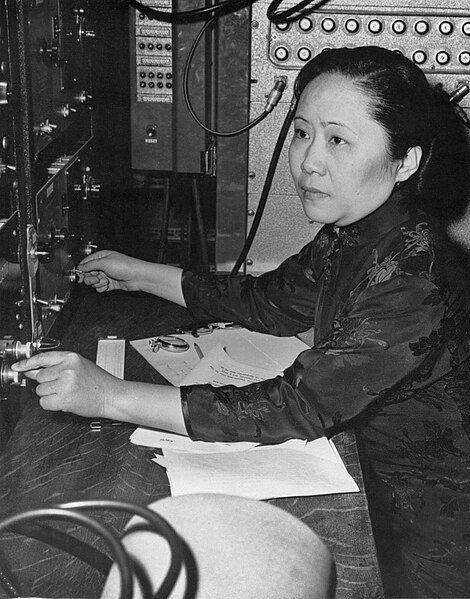
Chien-Shiung Wu, a Chinese-American physicist, played a critical role in the Manhattan Project and made groundbreaking contributions to nuclear physics. Her most famous experiment, the Wu Experiment, disproved the law of conservation of parity, which was a fundamental principle in physics at the time. Despite the importance of her work, Wu was overlooked for the Nobel Prize, which was awarded to her male colleagues. Known as the “First Lady of Physics,” Wu’s contributions have had a lasting impact on the field. Her work remains foundational in the study of particle physics.
This article originally appeared on Rarest.org.
More From Rarest.Org
Efforts to protect marine life have led to remarkable comebacks for several species once on the brink of extinction. Conservation laws and international agreements have played a crucial role in safeguarding these animals, allowing their populations to rebound over time. Read more.
When it comes to pampering your pets, high-end accessories offer a perfect blend of luxury and functionality. From designer collars to plush beds, these items ensure your furry friends live in style and comfort. Read more.
In the face of growing environmental challenges, the preservation of unique forest creatures has become a crucial focus for conservationists worldwide. Many of these animals are not only rare but also play vital roles in maintaining the health and balance of their ecosystems. Read more.



